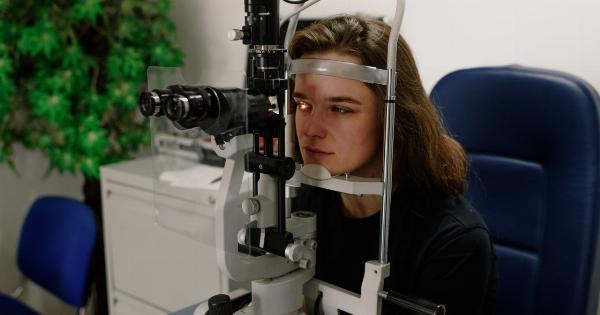Mammograms are an important diagnostic tool for identifying breast cancer. They are widely used throughout the world to detect breast cancer early and save lives.
However, it is important to understand the limitations of mammograms, especially when it comes to detecting advanced cancers. In some cases, mammograms may not be enough to detect advanced breast cancers, which can delay treatment and worsen the patient’s prognosis.
What is a Mammogram?
A mammogram is a type of X-ray that is used to create images of the breast. It is typically used to detect breast cancer early, when it is most treatable.
Mammograms use a low dose of radiation to create the images, which are then analyzed by a radiologist. The radiologist looks for signs of breast cancer, such as abnormal masses or calcifications.
The Benefits of Mammograms
Mammograms are an important tool for detecting breast cancer early. The earlier breast cancer is detected, the more treatable it is. Mammograms can also be used to detect changes in the breast that may indicate cancer, such as calcifications or lumps.
This can lead to earlier diagnosis and better outcomes for patients.
The Limitations of Mammograms
Despite their importance, mammograms do have limitations when it comes to detecting advanced breast cancers. Mammograms are most effective at detecting early stage breast cancer, before it has had a chance to spread.
However, as the cancer progresses and spreads throughout the breast tissue, it can become harder to detect on a mammogram.
Mammograms are also less accurate in younger women and women with dense breast tissue. Dense breast tissue can make it more difficult to detect changes in the breast on a mammogram, and may require additional tests such as ultrasound or MRI.
False-Positive Results
Another limitation of mammograms is the possibility of false-positive results. A false-positive result occurs when the mammogram shows an abnormality that turns out not to be cancer.
This can lead to additional testing and unnecessary biopsies, which can be stressful and expensive for patients. False-positive results occur more frequently in younger women, women with dense breast tissue, and women who have had previous breast surgeries.
The Importance of Clinical Breast Exams
Clinical breast exams are another important tool for detecting breast cancer. During a clinical breast exam, a healthcare provider examines the breasts and underarms for any lumps or changes.
Clinical breast exams can be done in addition to mammograms, or in situations where mammograms are not possible or appropriate. However, like mammograms, clinical breast exams are not foolproof and may not detect all breast cancers.
Other Diagnostic Tools
Mammograms and clinical breast exams are not the only tools used to detect breast cancer. Other diagnostic tests may be used in addition to or instead of mammograms, depending on the individual situation. These may include:.
- Ultrasound
- Magnetic resonance imaging (MRI)
- Biopsy
- Breast duct endoscopy
- Nuclear medicine imaging
These tests can help to provide additional information about the breast tissue and any possible cancers. They are typically used in situations where mammograms are not effective, or where additional information is needed to make an accurate diagnosis.
Conclusion
Mammograms are an important tool for detecting breast cancer early, but they do have limitations when it comes to detecting advanced cancers. It is important to understand these limitations and to use other diagnostic tools when necessary.
Clinical breast exams and other tests can be used in addition to mammograms to ensure that breast cancer is detected and treated as early as possible.





























